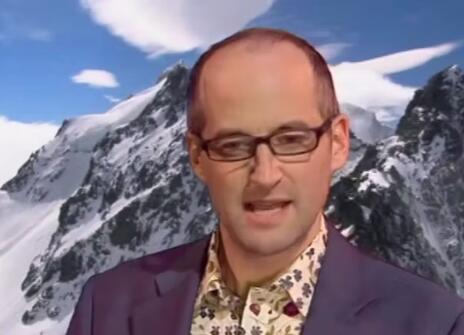Lecture 3 – Why mountains are so small
In 2009 the world's tallest building the Burj Khalifa was opened in Dubai; at almost half a mile high it is an engineering marvel. But will future generations think it puny and laugh at us? Could we build a tower to reach the moon?
In his third Lecture, Mark Miodownik asks whether this engineering challenge is remotely possible and show that one of the major hurdles is the force that keeps space together – gravity.
The curious way that gravity affects large things is nothing to the effect that time has on them. Not just a few years, or even decades but eons of time. Could this explain why Earth's mountains are small fry compared to other mountains in the universe?
About the 2010 CHRISTMAS LECTURES
From the very large to the very small, size is an important factor for both living and non-living matter.
Beginning his journey into the world of scale with a furry friend, Mark reveals why hamsters fare better than humans when jumping from the top of a skyscraper. We find out why mountains don't grow any taller, why the size of an elephant means it has trouble dancing, and why ants can lift many times their own body weight.
Scaling down to the molecular level, Mark Miodownik reveals why chocolate tastes so good and returns to size again to explain how sperm whales – one of the world’s biggest animals – have developed nifty ways of diving deep into the ocean.



